My Favourite Painting: Christopher Woodward
Christopher Woodward of The Garden Museum picks a Lucian Freud from his organisation's upcoming exhibition.


Christopher Woodward on Two Plants by Lucian Freud
‘Lucian Freud’s study of a liquorice plant (Helichrysum petiolatum) and an aspidistra is, to me, the most mesmerising portrait of such ordinary plants ever painted. Freud’s top-floor apartment was his first with a sky-light and he tested the new light with this work. But it took him three years to capture “a really biological feeling of leaves growing and fading and leaves coming up and dying”.
‘It was one of his last paintings he painted with microscopic detail. He called it “a symphony of leaves”. Freud is known for his people first and foremost, but I like the plant studies. No other major artist saw as keenly into the life of plants as Freud or granted them such respect and absorption. But he worried it was “too quiet”. It was bought by Tate and he watched people walk past as if there were a sign saying “This Way to the Next Picture”. But, for me, this is the next picture.’
Christopher Woodward is director of The Garden Museum, London SE1. The exhibition ‘Lucian Freud: The Plant Portraits’ opens there on October 14.
Charlotte Mullins comments on Two Plants
Today, Lucian Freud is best known for his uncompromising portraits of nude sitters who sprawled on the tatty sofa in his studio. He moved to Kensington from Paddington in 1977 and, as a means of acclimatising himself, decided to paint Two Plants. This meticulous study of life and death harks back to Freud’s early limpid works such as Interior in Paddington (1951), in which a tall raggedy yucca dominates the composition. His attention to detail also invokes historical comparison with the 16th-century Nature studies of Albrecht Dürer and the leafy Pre–Raphaelite backdrop to John Everett Millais’s Ophelia.
For Two Plants, Freud painted the pot plants in his studio. The helichrysum fills the background of the painting, denying any depth. Only the central portion of the silvery-green plant is still alive — vast swathes of its trailing stems are shrivelled and dead. In front of this velvety wall sits an aspidistra, its dark-green leaves pushing skyward from an unseen pot.
Freud didn’t prune these plants before painting them, preferring to conjure them warts-and-all as he did his human sitters. He later claimed this painting tortured him as he tried to finish it, each leaf an individual portrait of Nature: ‘I felt as if I was composing an enormous symphony, and since I’m completely unmusical, the difficulties were many.’
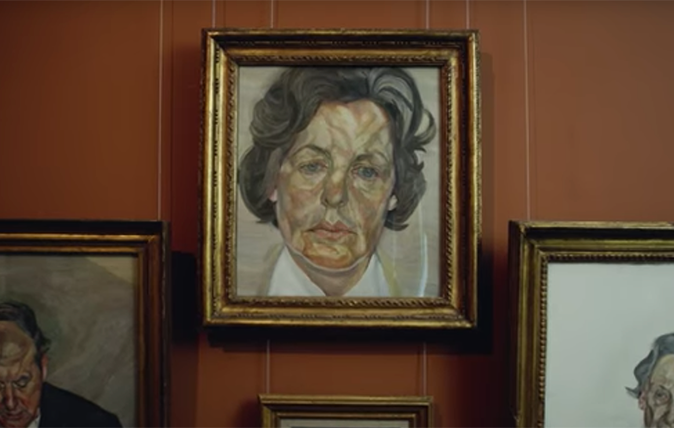
The Lucian Freud portrait that ‘is probably the most beautiful thing at Chatsworth’
A new series of mini-documentaries is looking at some of Chatsworth House's many treasures – starting with a painting that
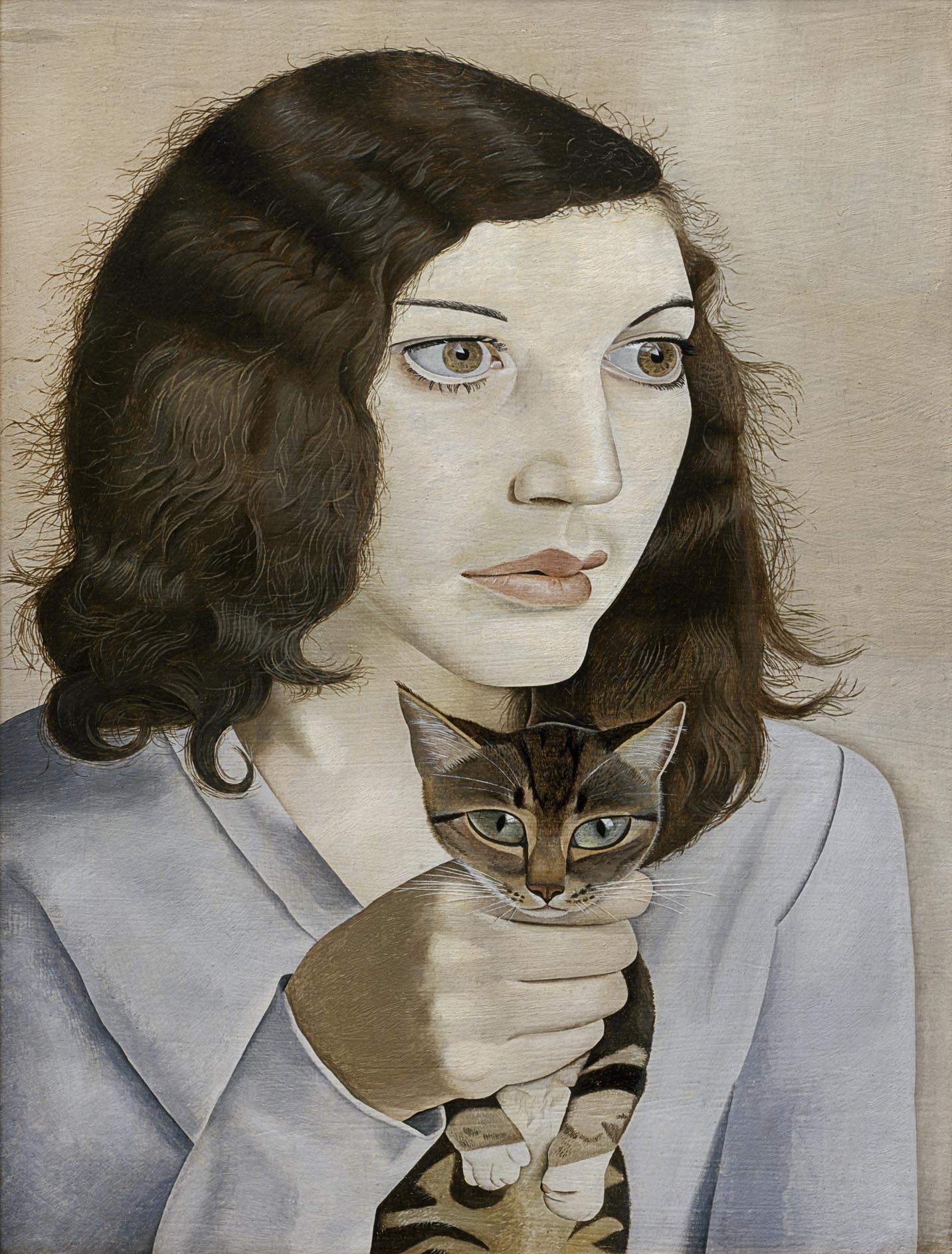
In Focus: Lucian Freud's mesmerising depictions of his nearest and dearest
For seven decades, Lucian Freud put great energy into his work, particularly the portraits of family and friends now the
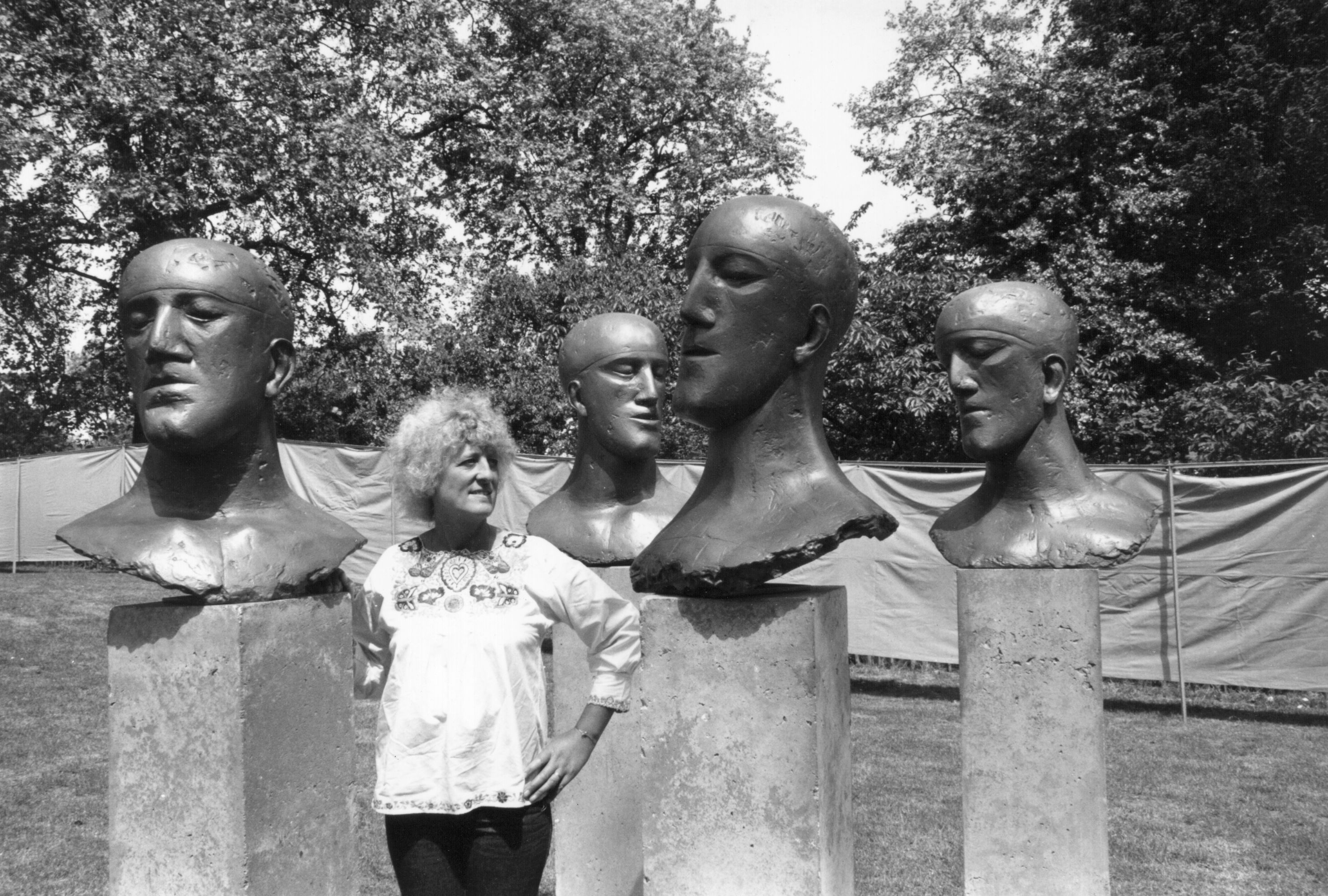
In Focus: The Suffolk sculptor who ended up rubbing shoulders with Laurie Lee, Lucian Freud and George Melly in 1960s London
The sculptor Elisabeth Frink (1930–93) responded to the climate of the Cold War with powerful works exploring man and beast
Sign up for the Country Life Newsletter
Exquisite houses, the beauty of Nature, and how to get the most from your life, straight to your inbox.
Country Life is unlike any other magazine: the only glossy weekly on the newsstand and the only magazine that has been guest-edited by HRH The King not once, but twice. It is a celebration of modern rural life and all its diverse joys and pleasures — that was first published in Queen Victoria's Diamond Jubilee year. Our eclectic mixture of witty and informative content — from the most up-to-date property news and commentary and a coveted glimpse inside some of the UK's best houses and gardens, to gardening, the arts and interior design, written by experts in their field — still cannot be found in print or online, anywhere else.
-
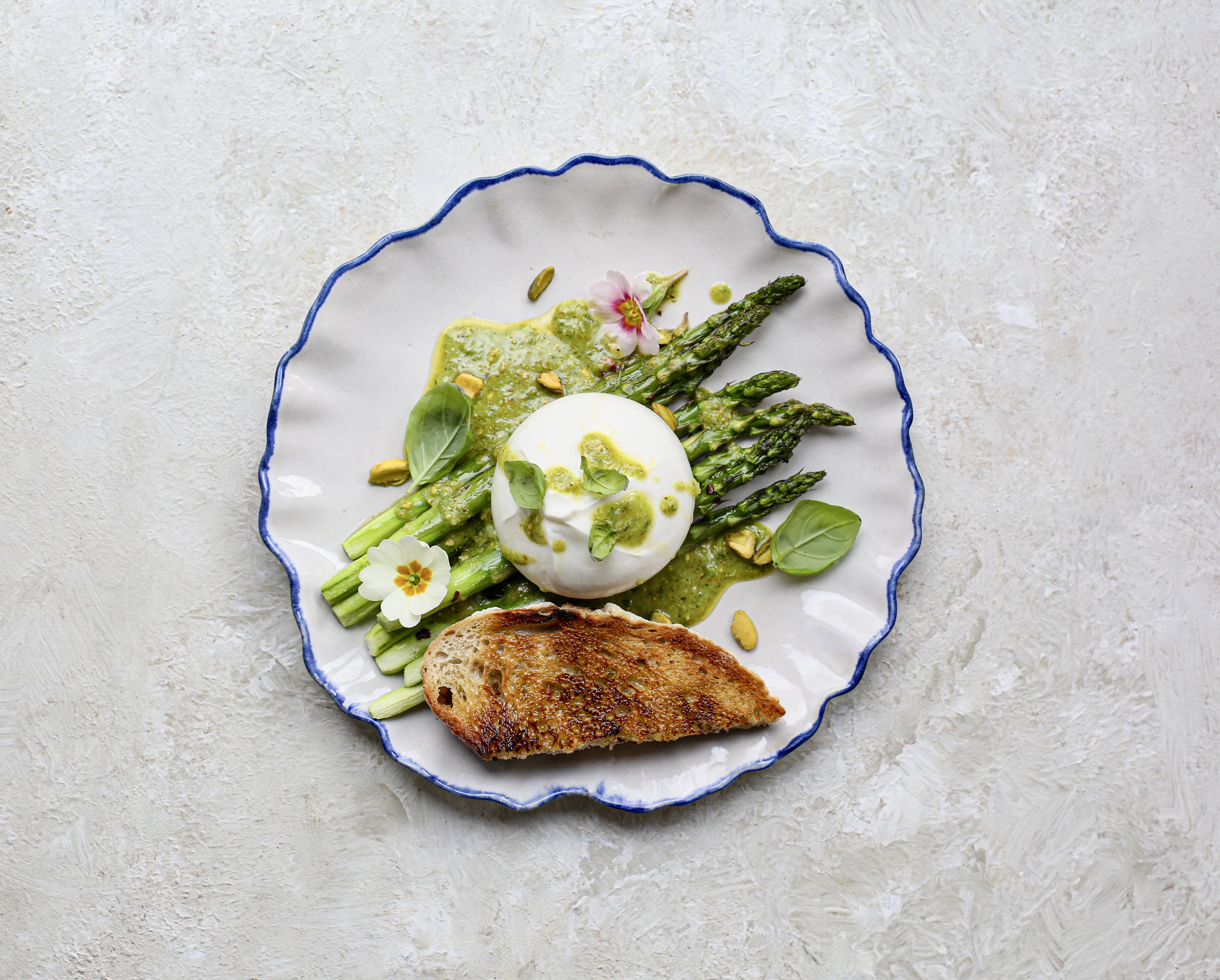 Two quick and easy seasonal asparagus recipes to try this Easter Weekend
Two quick and easy seasonal asparagus recipes to try this Easter WeekendAsparagus has royal roots — it was once a favourite of Madame de Pompadour.
By Melanie Johnson
-
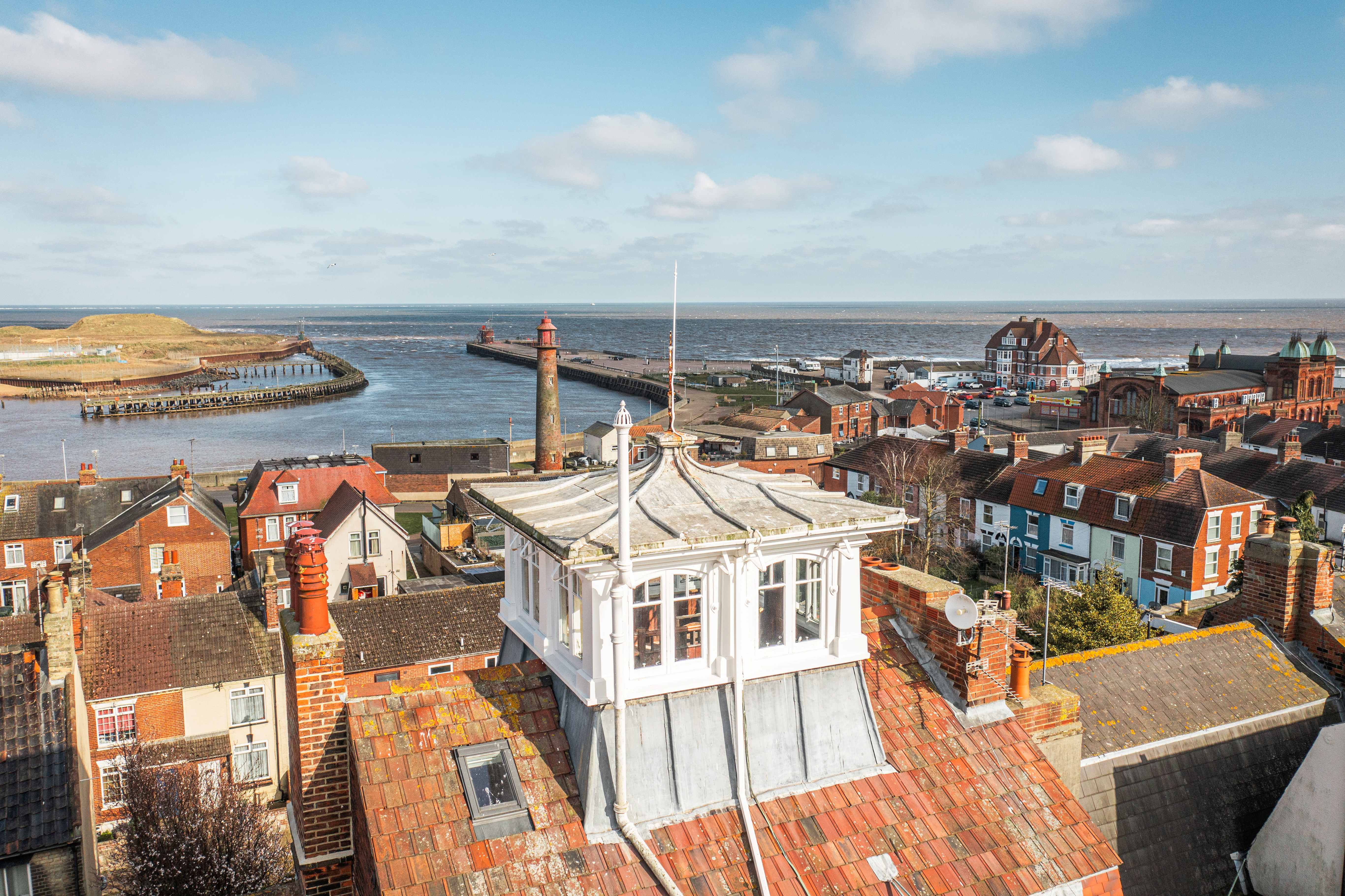 Sip tea and laugh at your neighbours in this seaside Norfolk home with a watchtower
Sip tea and laugh at your neighbours in this seaside Norfolk home with a watchtowerOn Cliff Hill in Gorleston, one home is taller than all the others. It could be yours.
By James Fisher